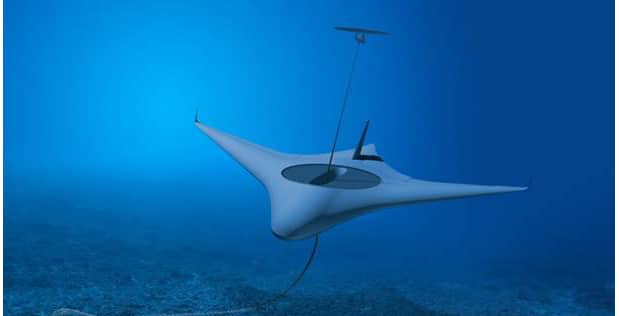DARPA awards contracts to four companies for Manta Ray Program focused on UUVs
March 16, 2020 | AUVSI News

DARPA has awarded contracts to four companies to work on its Manta Ray Program, which seeks to demonstrate critical technologies for a new class of long duration, long range, payload-capable UUVs.
Lockheed Martin Advanced Technology Laboratories, Northrop Grumman Systems Corporation and Navatek LLC have been selected to focus on the development of an integrated platform for Manta Ray technology and operational areas. The fourth company, Metron Inc., will work on developing critical technology and platforms specific to the field of undersea energy harvesting techniques at the necessary depths for successful operations.
“The Manta Ray program aims to increase at-sea operational capacity and capabilities for the combatant commander while minimizing disruptions to current operations by remaining independent of crewed vessels and ports once deployed,” says CDR Kyle Woerner, the Manta Ray program manager in DARPA’s Tactical Technology Office.
“If successful, this new class of UUVs would allow operational flexibility and relief of workload for both traditional host ships and servicing ports.”
The goal of the Manta Ray program is to advance key technologies that will benefit future UUV designs. This includes, but is not limited to, “new energy management and energy harvesting techniques at operationally relevant depths; low-power, high-efficiency propulsion; and new approaches to mitigate biofouling, corrosion, and other material degradation for long duration missions.”
The program also seeks “process improvements, including mission management approaches for extended durations while accounting for dynamic maritime environments; unique methods for leveraging existing maritime datasets and new maritime parameters for high-efficiency navigation; and new low-power means of underwater detection and classification of hazards.”
With a target of three phases of development, the program is expected to culminate with a fully integrated demonstration vehicle completing an underwater mission in a dynamic, open-ocean environment.
- Industry News


